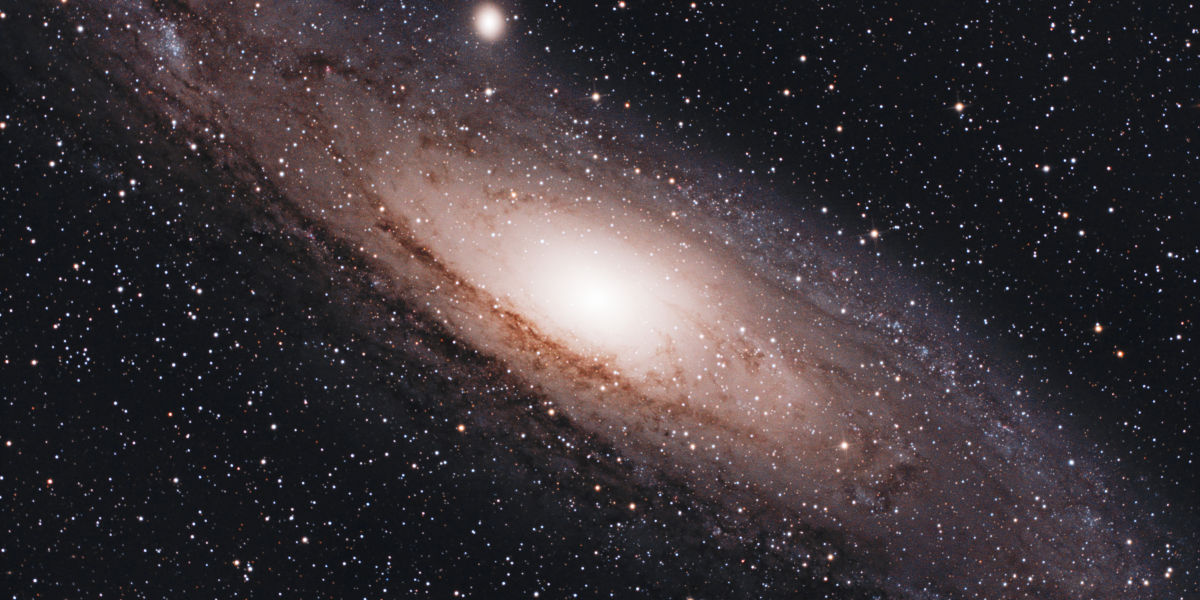In the epochal expanse of the cosmos, a great imbalance between matter and antimatter resides, shaping our understanding of the universe. The conundrum that sci-fi enthusiasts and quantum physicists passionately explore – why the cosmos predominantly comprises matter when physics suggests a balance between matter and antimatter to co-exist at the incipient stages of the Universe. In the cosmic theatre of creation, where did the antimatter vanish?
This article delves into the mystery of antimatter, discussing its production, use, and untangling the question – why is there more matter than antimatter in the universe?
The Mystery of Antimatter
Antimatter, as the name suggests, is the stark opposite of matter, carrying an inverse charge. Essentially, for every particle of matter, there exists an antiparticle with a mirrored charge. A phenomenon prevalent during the Big Bang, the inception point of our Universe. But the contemporary universe, dappled with galaxies, stars, and planets, is majorly composed of matter, leaving researchers perplexed - where did all the antimatter disappear?
When antimatter collides with matter, they annihilate each other, releasing vast amounts of energy. Does the scarce existence of antimatter signify a tremendous annihilating event that morphed the newborn Universe? Or does it suggest anomalies in our understanding of the fundamental physics of creation?
Antimatter Production and Use
Despite the scarcity of antimatter in the observable universe, physicists have managed to create antimatter in laboratory conditions. Using particle accelerators, they propel charged particles at high speeds and observe the aftermath of their high-energy collisions. In these collisions, energy transforms into matter and antimatter particles, validating Einstein’s iconic equation E=mc^2. These short-lived antimatter particles provide a brief but insightful glimpse into the fundamental laws underpinning the universe.
Utilizing this property of annihilation, antimatter proposes promising applications in diverse fields. One such field is medical diagnostics, where positrons (antielectrons) are used in Positron Emission Tomography (PET) scans to detect cancerous cells. Moreover, theoretical considerations suggest that antimatter propulsion could revolutionize the future of space travel, providing super-efficient energy.
Why is There More Matter Than Antimatter in the Universe?
To answer this intriguing cosmic riddle, physicists are delving deep into the intricate constructs of particles and antiparticles. According to the Charge-Parity-Time (CPT) theorem, a cornerstone of quantum physics, matter and antimatter should have been produced in equal amounts during the Big Bang. However, the observable Universe vehemently contradicts this postulate.
One plausible explanation might be CP violation, a phenomenon where matter and antimatter behave differently, leading to prevalence of matter. Meticulous experiments in laboratories worldwide aim to detect these minute deviations, tantalizingly providing hints as to why the Universe leans heavily towards matter. However, confirming these deviations and understanding their impact on the cosmic map remains a frontier to be conquered.
Antimatter and Matter: The Prime Contenders
In the world of fundamental particles, matter and antimatter are mirror images of each other. Antimatter particles are identical to their matter counterparts in terms of mass, but sharply opposite in other respects, such as electric charge. For example, an electron (matter) carries a negative charge, while a positron (its antimatter counterpart) carries a positive charge.
According to the Big Bang Theory, during the early moments of the universe, an equal amount of matter and antimatter should have been produced. If an antimatter particle comes into contact with its matter counterpart, they will annihilate each other, releasing energy in the process. This leads us to a cosmic debacle. Given the equal production and annihilating nature of matter and antimatter, we should logically be left with an empty universe. Yet, we are not.
The Asymmetry Conundrum: A Universe Dominated by Matter
The universe, as we see it, is predominantly made of matter. So, the question remains: why did antimatter lose out in this grand cosmic battle? This asymmetry between the existence of matter and antimatter is one of the long-standing puzzles in the realm of cosmology and particle physics. Something during the universe's infancy tipped the scales in favor of matter, creating a minute yet significant imbalance — enough to allow matter to constitute the cosmos and for us to exist.
Unmasking CP Violation: The Clue to Imbalance
Research indicates that this violation of parity between matter and antimatter, known as CP violation, might hold the key to the great imbalance. In certain particle interactions, a slight differential treatment of matter and antimatter has been observed. These subtle breaks in symmetry could contribute to the leaning universe in favor of matter. Experiments, majorly by CERN, have spotted CP violation in particles known as kaons and B mesons, yet falling short of explaining the significant preponderance of matter over antimatter.
The Continual Pursuit for Answers
Recent studies have hinted at other potential sources of CP violation. Scientists have suggested that neutrinos, elusive particles that barely interact with matter, might be their own antimatter counterparts – a concept called Majorana particles. If true, neutrino interactions could open a new frontier for understanding CP violation and subsequently the mystery behind the universe's asymmetry.
Thus, the cosmic imbalance between matter and antimatter is not just of theoretical interest but also speaks volumes about our existence. Scientific progress in the last decades provides promising leads, yet a conclusive explanation eludes us. With ongoing research and technological advancements, we move closer to unmasking the secret behind the great imbalance, further enhancing our understanding of the universe and our place in it.




